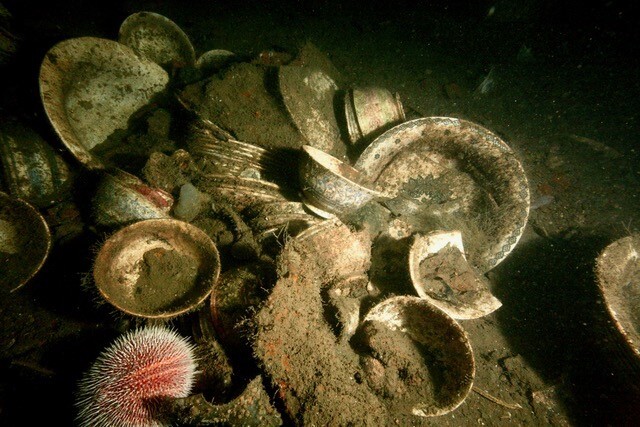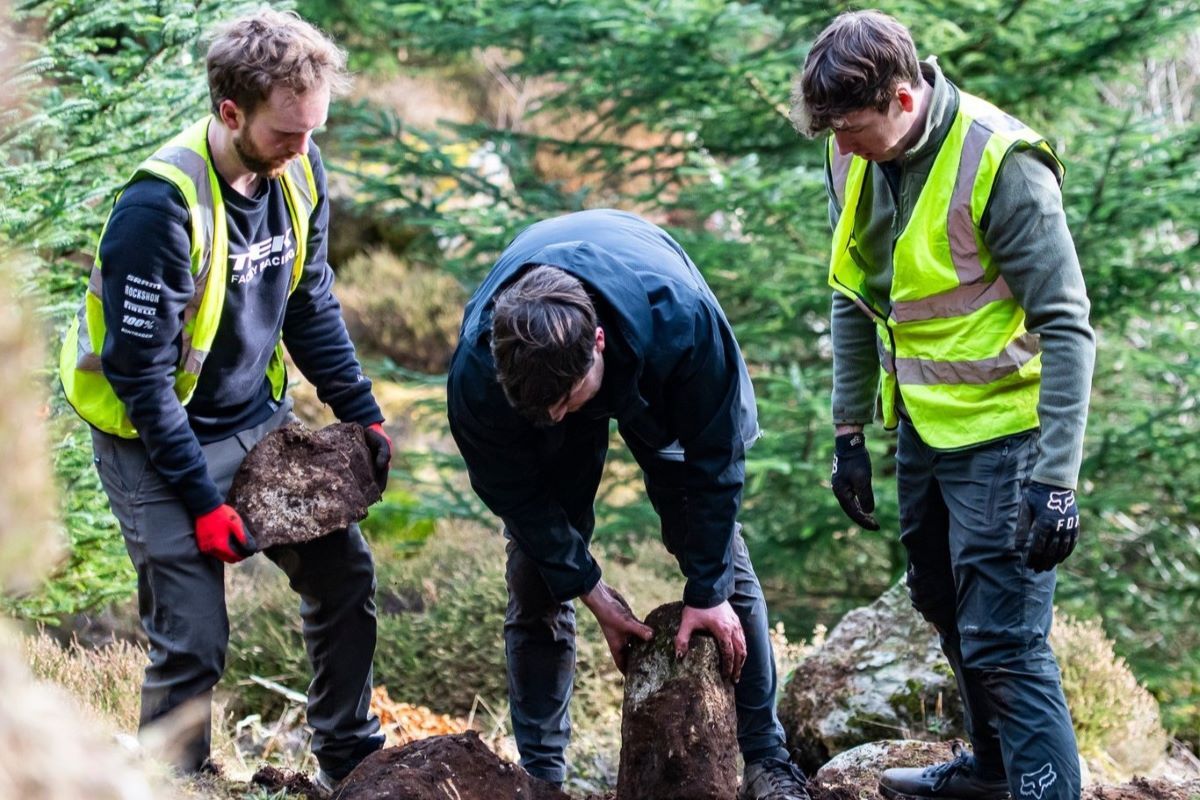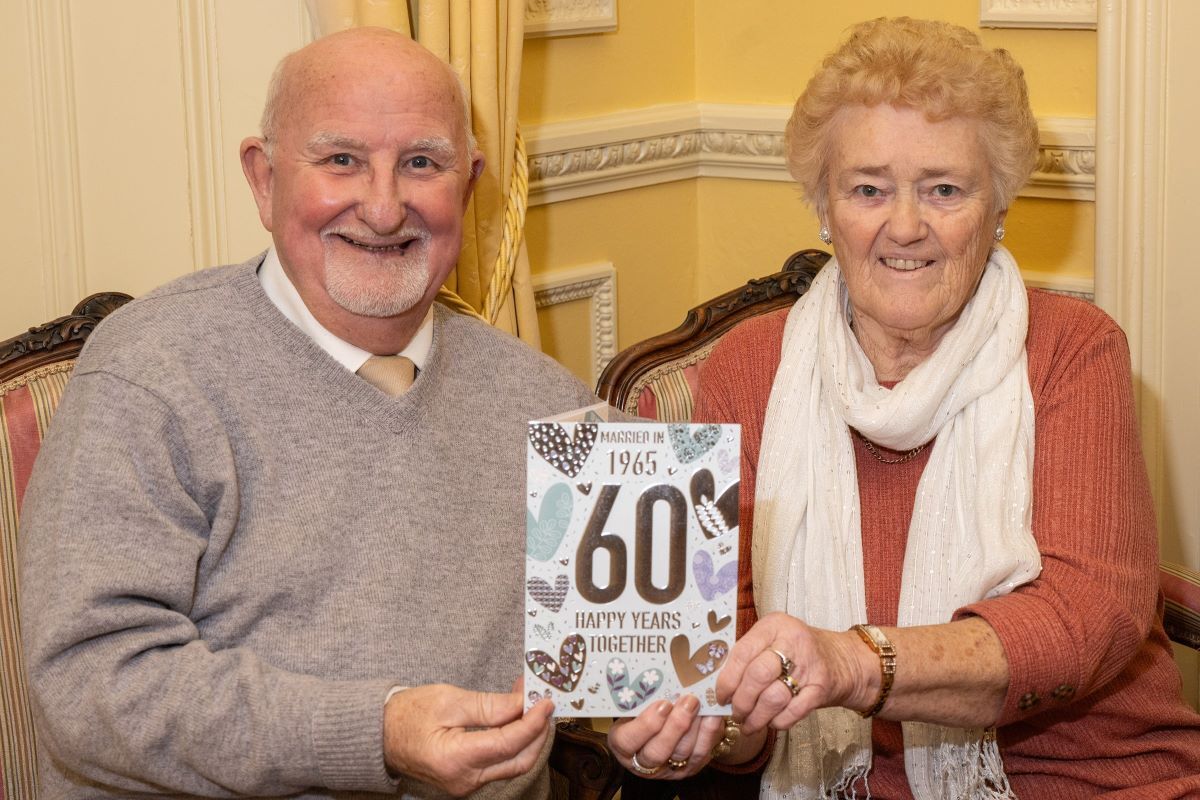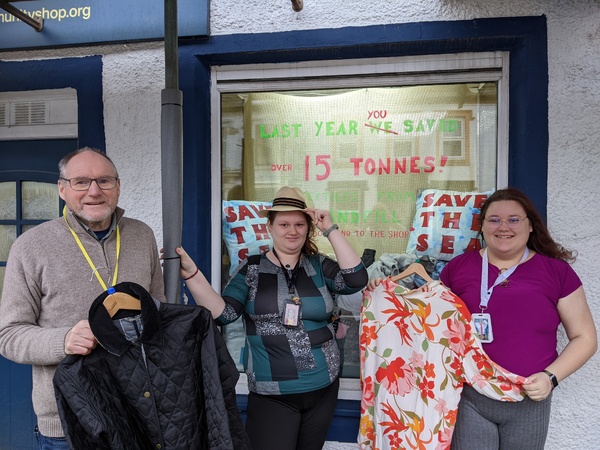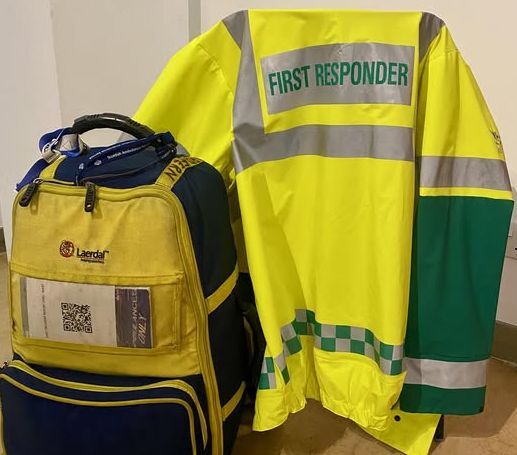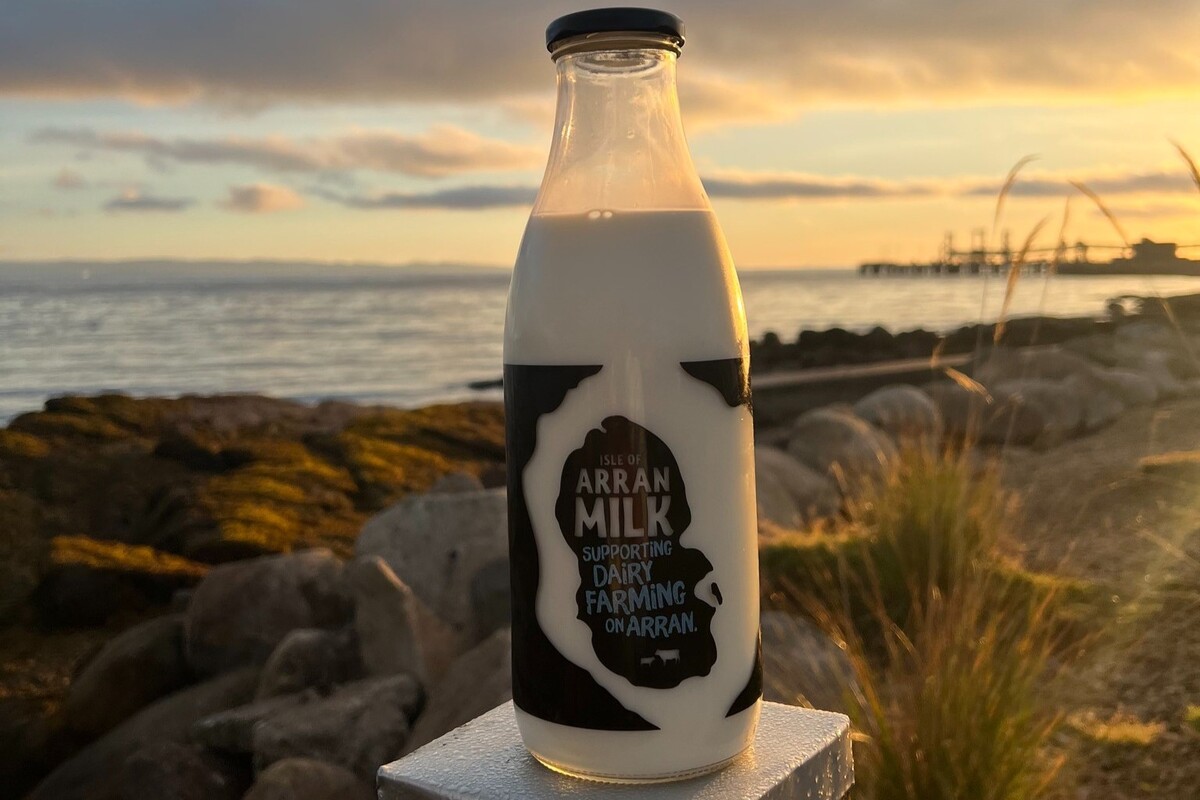Shipwrecked treasure trove discovered off Arran’s coast
A shipwreck full of pottery from Glasgow which dates back to the 19th century has been discovered off the coast of Lamlash Bay.
Graeme Bruce, 65, a retired engineer and avid diver from Oban, discovered the wreck around 53 metres below sea level in July 2024 while visiting Arran. He was joined by five other divers: Adam Bolton, Nathan Messer, Martin Sharpe, John Eden, and Mike Robinson, and boat skipper Jason Coles.
The wreck is believed to be SS Eagle, an iron steamship that sank in 1859 on its way to Londonderry, Northern Ireland, after colliding with another vessel named Pladda. The SS Eagle was carrying 56 passengers, 20 crew, and 200 sheep at the time of the incident which resulted in 11 people losing their lives.
Speaking to the BBC about his discovery, Graeme said: “Back in July, we were going on a trip to Arran to go and dive a submarine called HMS Sealion, and the weather forecast was awful – there was just no way we would get to that. So on my Navionics software, I had a look and noticed a few targets that had appeared, a few marks on the seabed.
“The following morning I managed to persuade everybody the good thing to do is to go and dive this mark. And sure enough, there was a wreck there, and it was just littered with pottery. There wasn’t very much of the wreck left; it transpires that the wreck was an iron shipwreck that sank in 1859, and most iron shipwrecks corrode really quickly, much quicker than steel.”
After making the discovery, Graeme came back to Arran to catalogue his finds.
“I spent three days cataloguing what we’d found, making sure the sketches were accurate of what we had, and then carefully went around the wreck and selected items that we would lift.”
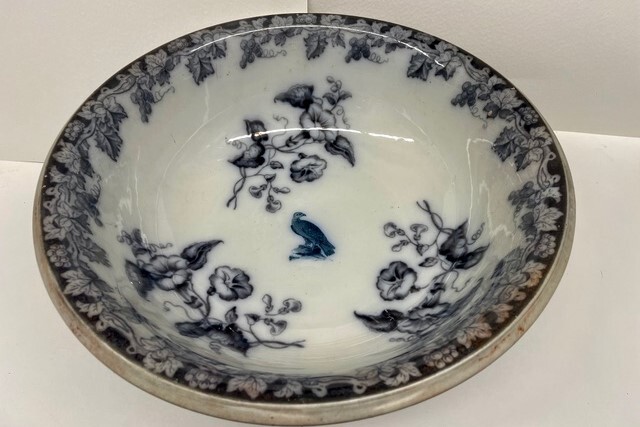
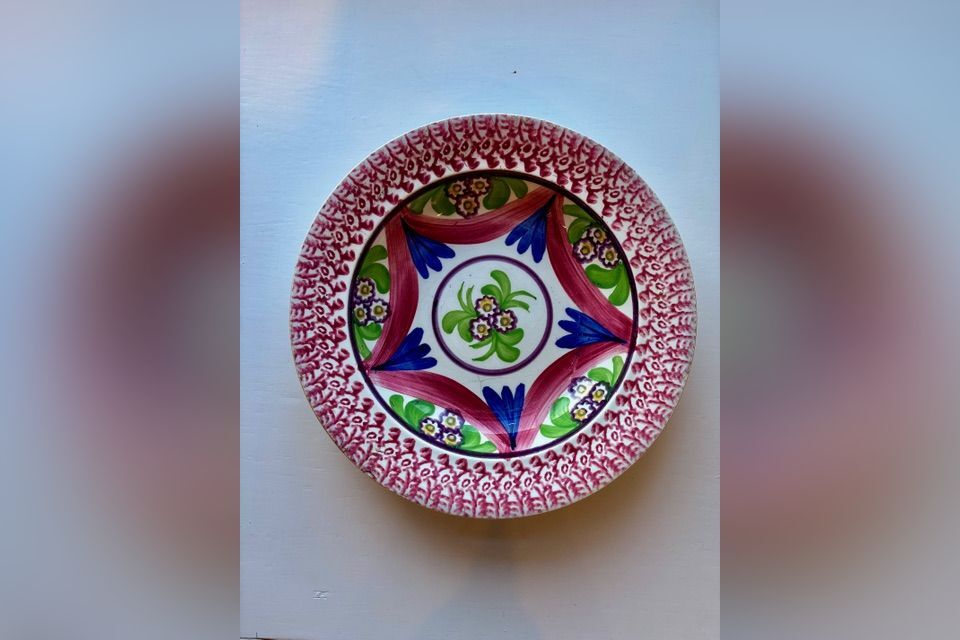
Over the course of three dives, Graeme lifted all the selected items and brought them back to the surface by hand. After bringing his finds back to dry land, cleaning them up, and doing some research, he discovered the pottery was made by Bell’s Pottery in Glasgow.
“The internet is a wonderful thing, and we found loads of information about Bell’s and then found out that the Hunterian Museum, the oldest public museum in Glasgow, had a collection of Bell’s Pottery.
The Hunterian Museum facilitated a meeting with the potter and artist Ruth Impey, who has been building a museum to celebrate pottery from Glasgow.
Speaking about the collection of Bell’s pottery, Ruth said: “The most interesting thing when I saw all the pieces that Graeme had brought into the Hunterian is just the amount of different types of ware that are there.
“A lot of people don’t know that Glasgow had a huge pottery industry, and in the 19th century, it was kind of the centre of Scotland’s pottery industry, and Bell’s Pottery, which all these pieces are, was the largest and probably best known of Glasgow’s potteries.”
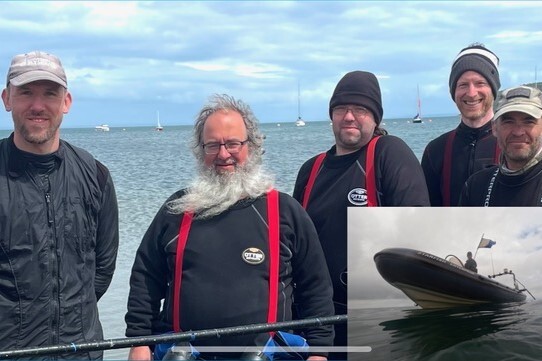
Ruth explained that pieces of pottery are well preserved because they were buried in the mud at the bottom of the sea. She said: “Graeme had to dive down to 53 metres to retrieve these items. So it’s quite an extraordinary feat in itself. We don’t know enough about the history of where the cargo was going yet, but we are doing more research.”
The pottery is in Graeme’s hands now while he works with Receiver of Wreck (RoW), a team that deals with voluntary salvage wreck material across the UK, to research the ownership of the pottery and find a home for it.
Speaking to the Banner, Graeme said he has hopes that some of the pottery he helped discover will be displayed on Arran and he has discussed this with both RoW and Ruth.
But for now, the formal process with RoW will continue and hopefully, one day, residents on Arran will be able to see and experience a portion of the treasure that lies just off the island’s east coast.
Latest News
JOBS
Business Development Manager - Highland Broadband
Sign up to our daily Newsletter
Permission Statement
Yes! I would like to be sent emails from West Coast Today
I understand that my personal information will not be shared with any third parties, and will only be used to provide me with useful targeted articles as indicated.
I'm also aware that I can un-subscribe at any point either from each email notification or on My Account screen.
You may also like
Latest News
JOBS
Business Development Manager - Highland Broadband


